Japanese wine, available in various types like white and red, offers a unique taste of Japan. Local experts employ a blend of traditional and modern techniques in crafting it. In this article, we’ll delve into the world of Japanese wine, exploring its history, the art of its creation, and where you can find these delightful flavors. Join us as we uncover the fascinating world of this Japanese delight!
What is Japanese wine?
In 2015, a specific definition shaped Japanese wine: it’s a type of fruit wine that Japanese producers make using grapes grown locally. This definition matters because only wines produced following these criteria can bear the label “Japanese wine.” Some “domestic wines” use concentrated juice or imported grapes. So, when you shop for Japanese wine, always look for the “Japanese wine” label to ensure it’s genuine.
Recently, Japanese wine has been making significant strides. Japan now boasts approximately 400 wineries, and they’re not limited to just Yamanashi, Nagano, and Hokkaido anymore; you can find wineries in nearly every prefecture, each producing a wide range of wine varieties.
The global wine community is also taking note of Japanese wine. In 2014, ‘Cuvée Misawa Akeno Koshu 2013’ from Yamanashi earned the top prize for Japanese wine at the ‘Decanter World Wine Awards,’ the world’s most prominent wine competition. This achievement drew increased attention worldwide. Japanese wines are receiving favorable international reviews, with ‘Château Mercian Fuefuki Koshu Gri de Gri 2019’ winning the only gold prize for Japanese wine at the International Wine Challenge 2021.
Main production areas
In Japan today, people make wine in many places, from Hokkaido in the north to Kagoshima Prefecture in the south. Each area has its own special climate and conditions, which lead to unique wines. Let’s learn about the main places where Japanese wine is made, the types of grapes they grow, and what the wines taste like.
Four key regions in Japan known for making wine are Yamanashi Prefecture, Nagano Prefecture, Hokkaido, and Yamagata Prefecture. These areas have the right climate for growing grapes used in winemaking, with cool temperatures and significant temperature differences between day and night. While Japan as a whole doesn’t usually have these conditions due to its high humidity and less temperature variation, these four regions are exceptions and are great for making wine.
Yamanashi Prefecture
Yamanashi Prefecture leads Japan in wine production and the number of wineries. The region has a big change in temperature from summer to winter and not much rain, making it perfect for making wine. The Kofu Basin, with its significant temperature difference between morning and evening, is well-known for producing sweet and flavorful eating grapes as well. Grape farming happens in different parts of Yamanashi, like Katsunuma Town, Fuefuki City, and Koshu City, and many famous wineries here produce top-notch Japanese wine.
Nagano Prefecture
Nagano Prefecture is the second-largest wine producer in Japan, right after Yamanashi Prefecture. This is because it has big temperature changes between day and night and doesn’t get too much rain, which is perfect for growing lots of different types of wine grapes. In Nagano, they use various grape varieties to make Japanese wine, so you can try many different kinds of wines.
Hokkaido
Hokkaido stands out for its unique conditions: no rainy season, low humidity, and significant temperature fluctuations. These factors make it ideal for cultivating white grape varieties commonly found in northern Europe, like Germany and northern France. Moreover, in recent years, Hokkaido has also started growing the high-quality red wine grape, “Pinot Noir,” which is becoming well-known for producing wines not commonly found in other parts of Japan.
Yamagata prefecture
Yamagata Prefecture, famous for its cherries, is also an excellent place for growing grapes. Although it’s in the Tohoku region, it gets quite warm in the summer and then rapidly cools down after September, creating a significant temperature gap that leads to high-quality grapes. Additionally, they use only grapes from Yamagata Prefecture and have unique standards like “Yamagata Prefecture certified wine” for Japanese wines that meet their quality criteria. They’re working diligently to enhance the wine’s quality.
Characteristics of Japanese wine
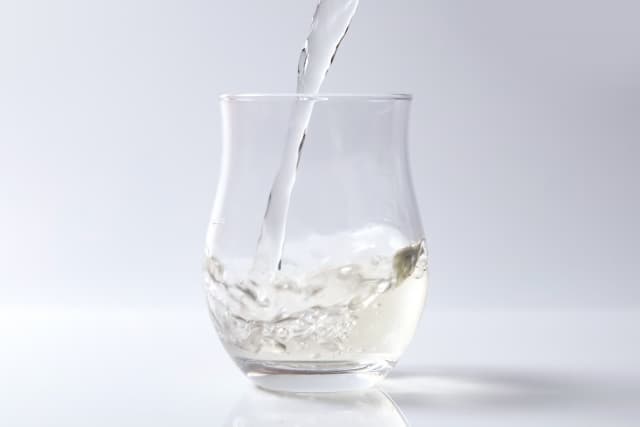
Types and Varieties
Japanese wine comes in two distinct types: Japanese red wine and Japanese white wine. Each type offers unique flavors and characteristics. Japanese wine comes in two distinct types: Japanese red wine and Japanese white wine. Each type offers unique flavors and characteristics. One of the most renowned varieties in Japanese white wine is “Koshu,” known for its light body, relatively low alcohol content, and refreshing citrusy aroma. In contrast, “Muscat Bailey A” stands out in the world of Japanese red wine with its distinctive cherry and berry fruit aroma and fruity taste.
In addition to these two main representatives, Japan has introduced other wine-only grape varieties such as Chardonnay and Merlot, along with red varieties like Cabernet. Emerging varieties like Syrah and Pinot Noir are also gaining recognition in the country.
Furthermore, hybrids adapted to Japan’s diverse climate conditions have emerged in coastal and cooler regions. Some wines suitable for beginners are crafted from Labrasca-type grapes like Niagara, Concord, and Delaware, which were initially introduced for raw consumption in the late 19th century.
Both “Koshu” and “Muscat Bailey A” gained international recognition, with “Koshu” registered as a grape for wine in 2010 and “Muscat Bailey A” acknowledged as a grape for wine by the International Grape and Wine Organization (OIV) in 2013. This recognition enables these grape varieties to be prominently featured on the labels of wines exported to the European Union, underscoring their significance in Japanese wine production.
| Japanese red wine | Japanese white wine | |
| Japan’s unique Main grape varieties | Muscat Bailey A Black Queen Yamabudo | Koshu |
| The main wine grape varieties cultivated in Japan | Cabernet Sauvignon Merlot Pinot Noir Zweigeltrebe Seibel 13053 | Chardonnay Kellner Seibel 9110 Müller-Thurgau Riesling Semillon |
| Recently major wine grape varieties bred in Japan | Kai Noir Seimi Yama Sauvignon Suntory Noir | Riesling Lion Riesling Forte Shinano Riesling Kai Blanc |
Japanese White Wine – “Koshu”
One of Japan’s famous white wine varieties is “Koshu.” It’s known for its light body, relatively low alcohol content, and a refreshing aroma reminiscent of citrus fruits like grapefruit and lemons. “Koshu” also has a mild acidity that makes it appealing.
Historically, “Koshu” made its way to Japan through the Silk Road from Central Asia in the 6th and 7th centuries. It arrived in Japan along with Buddhism during the Nara period. Initially grown mainly for raw consumption, “Koshu” has become the most commonly used grape variety for Japanese white wine.
Recent DNA analysis has revealed that “Koshu” is primarily vinifera but has a unique hybrid composition, including DNA from 1/4 Chinese wild grapes.
Japanese Red Wine – “Muscat Bailey A”
In the realm of Japanese red wine, “Muscat Bailey A” takes center stage. It is known for its enticing aroma, reminiscent of cherry and berry fruits, and a delightful, fruity taste that wine enthusiasts appreciate.
Unlike “Koshu,” “Muscat Bailey A” is a crossbreed between Labrasca and Vinifera species in Japan and is still considered an endemic grape variety.
Tastes
Japanese wines are famous for their pleasant sweetness and being easy to enjoy. They’re made to match what Japanese people like. These wines have a fruity, calming smell that makes them delightful.
When pairing Japanese wine with food, it’s important to think about the grape variety. Wines from “Koshu” have a lightness like Japanese citrus fruits such as yuzu and kabosu. They’re great with dishes like sashimi and sushi, where you want to enjoy the gentle flavors of raw fish and subtle broths. On the other hand, “Muscat Bailey A” wines go really well with soy sauce-based dishes. They enhance the flavors of fish and meat dishes, like yellowtail sashimi and simmered meats. This dark, robust wine fits perfectly with various Japanese dishes.
History
The Birth of Japanese Wine
During Japan’s rapid modernization in the Meiji period, the government took the lead in starting winemaking. Yamanashi Prefecture, renowned for grape production since the Edo period, played a pioneering role. In 1877, Japan saw the emergence of its first private wine brewery, the “Dainihon Yamanashi Wine Company,” situated in Iwaimura (now Katsunuma-cho, Koshu City, Yamanashi Prefecture). Shortly thereafter, Tsuchiya, a 19-year-old with dreams of Japanese winemaking, his friend Masamasa Takano traveled to France to learn about growing grapes and making wine.
Upon returning to Japan, Ryuken and his team began large-scale winemaking, utilizing Japan’s indigenous Koshu grapes. By 1878, they had achieved the Meiji government’s aspirations by crafting Japan’s first authentic wine. Two unopened bottles from that era, discovered later, serve as representatives of “Japan’s earliest wine.” Nevertheless, restricted technological progress and a dearth of wine knowledge among the Japanese populace resulted in the company’s dissolution within a decade, ultimately marking the end of government-led winemaking efforts.
The rise of Private Wineries and “Muscat Bailey A”
In 1889, Ryuken and Kotaro Miyazaki joined forces to establish “Kai Shoten,” a wine venture located in Tokyo. This venture drew the attention of young and ambitious winemakers, including Zenbei Kawakami from Niigata, who would go on to play a significant role in cultivating the popular grape variety known as “Muscat Bailey A.”
During this time, Kotaro, heavily influenced by Ryuken’s vision and expertise, also set up his own winery in 1889. However, they encountered a significant challenge – public resistance to the taste of wine in Japan. Recognizing the need to adapt to local preferences, Kotaro shifted his focus towards producing sweet wines, introducing “Ebi wine” as a prime example. This unique creation combined honey and Chinese medicine, resulting in a delightful sweetness that appealed to Japanese palates. This shift in approach allowed Kotaro to find success and acceptance among consumers, establishing sweet wines as a significant segment within the Japanese wine industry.
Japan’s First “Chateau” and Large-Scale Production
In 1903, Denbei Kamiya made history by establishing the “Ushiku Brewery” (now known as Ushiku Chateau) in Ibaraki. This move marked a pioneering step towards large-scale wine production, employing techniques inspired by Bordeaux winemaking traditions.
Simultaneously, in Koshu City, Kotaro Miyazaki’s “Miyakoen” winery, which opened its doors in 1912, set a precedent for the future of wineries. It allowed visitors to explore the facility, dine, and even purchase grapes and wine on-site, establishing a template that would be followed by many wineries to come. These significant developments contributed to the growth and expansion of Japan’s wine industry.
Preserving Japanese Wine Heritage
In Ushiku City, there’s a special place called the “Ushiku Chateau.” It looks like an old castle from Europe and represents where Japanese wine began. It’s not just a nice building; inside, you can see old wine barrels, tools for making wine, and even a track for a small train they used. This place tells the story of Ushiku City’s history with wine. Every spring, about 200 cherry trees bloom in the vineyard, making the area beautiful during the cherry blossom festival. Lots of people come to see it, and “Ushiku Chateau” is like a famous symbol of the city.
Koshu City has some exciting wine places too. Kotaro Miyazaki’s second winery, which he started in 1904, is now a museum where you can learn about how they used to make wine. There’s also Kotaro’s old home, “Miyakoen,” which is like a museum too, and it’s connected to 30 other wineries nearby.
Both Ushiku and Koshu Cities have strong communities of people who love wine. They work together with others who enjoy wine from around the world. This shows how much they care about their hometowns and their role in keeping Japanese wine history alive. Together, they help protect and share the history and flavors of Japanese wine, spanning over 140 years.
Japanese wine Q&A
- What types of grapes are commonly used in Japanese wine production?
Common grape varieties used in Japanese wine production include Koshu, Muscat Bailey A, and Chardonnay, among others.
- Can you provide tips for identifying authentic Japanese wine?
Authentic Japanese wine will have clear labeling, feature Japanese grape varieties, and be produced by wineries in Japan. Taste and local expertise can also guide you.
- How do I differentiate between Japanese wine and local wine?
To distinguish them, check labels for origin, learn about grape varieties used in Japan, research the producer’s location, consider flavor profiles, seek local recommendations, and consult wine experts.
How to make Japanese wine?
Winemaking is straightforward and mainly revolves around one key ingredient: grapes. Unlike other drinks, the magic of winemaking happens naturally. Grapes are special because they contain a lot of natural sugars, especially glucose, which is the main ingredient for making alcohol. This simplicity means that grapes can turn into wine without much human intervention. In fact, many people say that the quality of wine depends mostly on the grapes themselves.
The process of making Japanese red wine
Making red wine involves several specific steps to bring out its rich color and flavors:
Start by picking ripe black grapes with the right sugar levels and flavors.
Crush the grapes to release their juice. Unlike white wine, red wine keeps the grape skins, seeds, and juice together.
In this important step, the juice ferments with the grape skins and seeds. It’s during maceration that red wine gets its color and complex taste.
Yeast is added to the juice along with the grape skins and seeds. The yeast consumes the grape sugars, turning them into alcohol and carbon dioxide.
After alcoholic fermentation, many red wines go through another fermentation called malolactic fermentation. This reduces acidity and makes the wine smoother.
The wine is then aged in oak barrels or stainless steel tanks. Aging adds extra flavors and aromas, making the wine even more interesting.
The process of making Japanese white wine
Making white wine is a bit different to keep it clear and pure:
Just like with red wine, begin by picking ripe grapes, but this time, go for white ones.
Gently press the white grapes to get the juice, leaving behind the skins and seeds. This keeps the wine clear.
To make the juice even clearer and remove any tiny bits, let the solids settle at the bottom.
Add yeast to the clear juice to start the alcoholic fermentation. During this stage, sugar turns into alcohol, giving you a crisp, clear wine.
Some white wines go through extra processes like malolactic fermentation or “battonage,” which means stirring the sediment during aging to make the wine taste better.
White wines age in stainless steel tanks or oak barrels, depending on the flavor you want. Aging gives the wine more depth and character.
Restaurants/ Stores
Wine brewery BANKAN (ワイン蔵BANKAN)
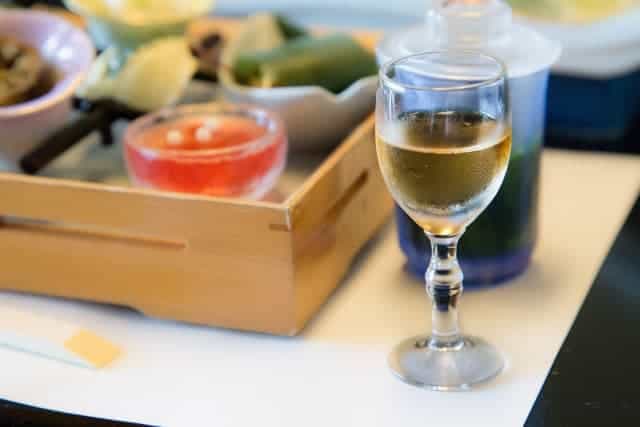
Explore a unique dining experience at “Wine Storehouse BANKAN,” a charmingly renovated Japanese-style house turned restaurant. With both counter seats on the first floor and traditional table seating on the second, you have options for your dining preference. What sets this place apart is its extensive selection of over 100 thoughtfully chosen Japanese wines from regions spanning Hokkaido to Kyushu. From daily wine specials to rare finds like “Hojo Wine Vintage Merlot ’13” and “Kyoeido Wine K16_FY_DD,” your taste buds are in for a delightful journey. Pair your wine with delectable dishes like “TONYA’s raw ham in Takayama Village, Nagano Prefecture,” for an unforgettable culinary experience.
Hoshino (ã»å¿—ã®ã€æ¸…澄白河 / ワイン】)
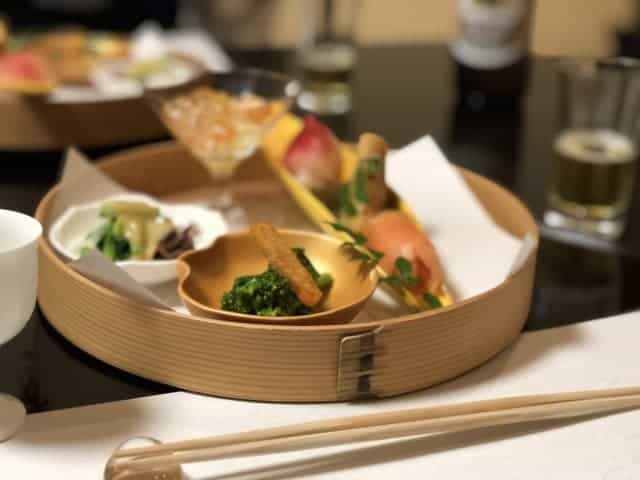
Mr. Hoshino, the owner, trained in Western-style restaurants in Omotesando and Aoyama. He’s preserved the traditional Japanese sushi restaurant ambiance but turned it into a French kaiseki experience. If you come to visit Hoshino, try their evening drinks set with five small dishes, perfect with wine. Their menu blends Japanese and Western ingredients, ideal for a full course meal. While their wine list isn’t vast, Mr. Hoshino’s wine choices pair beautifully with their food.
Maru
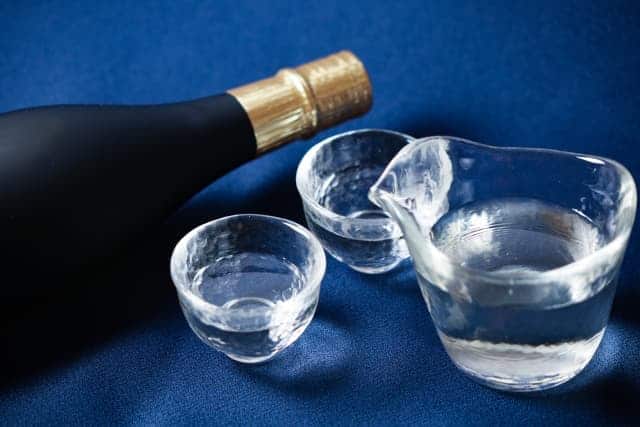
This store offers a delightful fusion of French-based international cuisine that accentuates the natural flavors of its ingredients. Their menu features dishes like juicy and spicy lamb sausages for 660 yen and the classic cress and avocado salad for 825 yen. While you can enjoy wine pairings with each dish, many patrons opt for a full bottle. For instance, you can savor the exceptional value of a bottle of Bollinger Special Cuvée Champagne for just 5,478 yen.
Takeaway
“When you visit wineries and enjoy local food, you’ll experience the rich history and pride of places like Ushiku and Koshu. With more people around the world appreciating Japanese wine and efforts to improve it, the future looks promising for this growing industry. If you’re eager to explore the world of Japanese wine further, why not start by visiting some of our recommended restaurants? Cheers to Japan’s remarkable wine journey!
Explore more about Japanese beverages with these articles below!
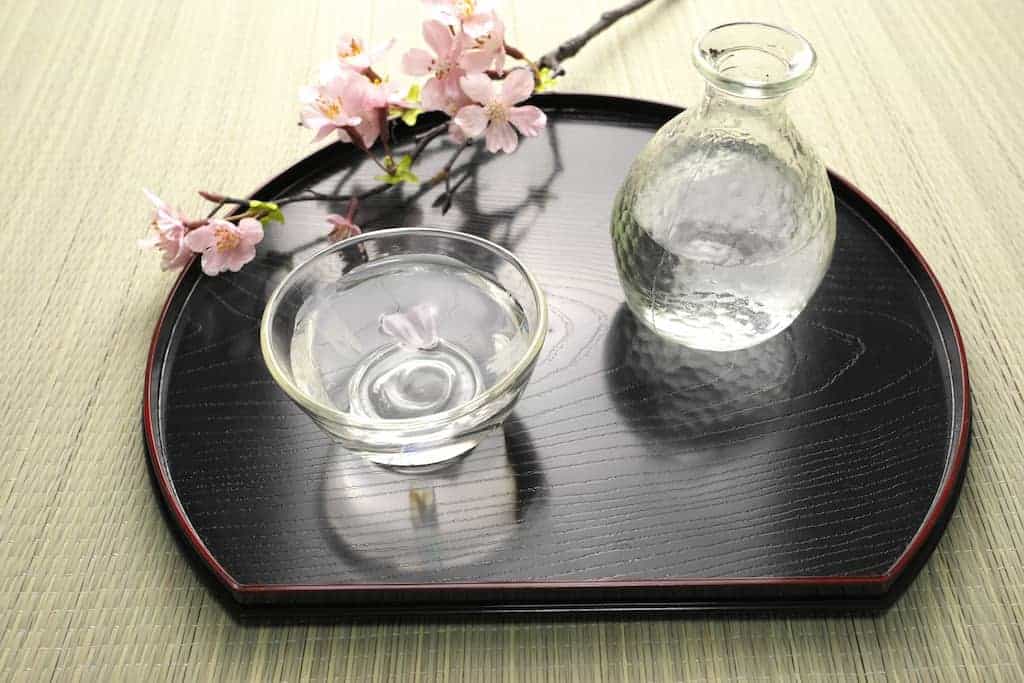

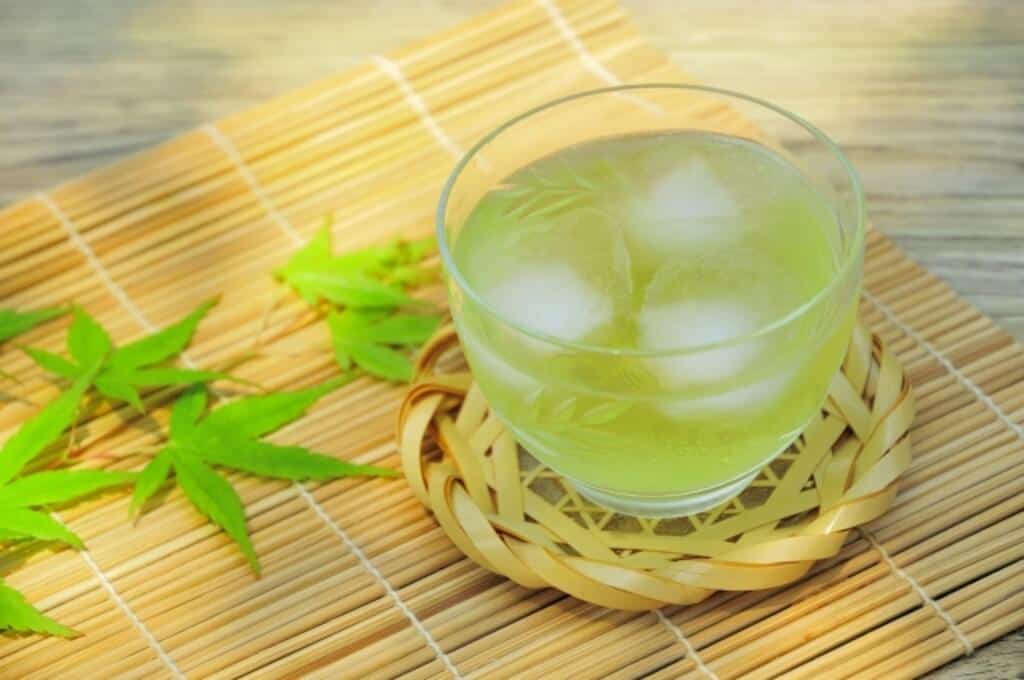
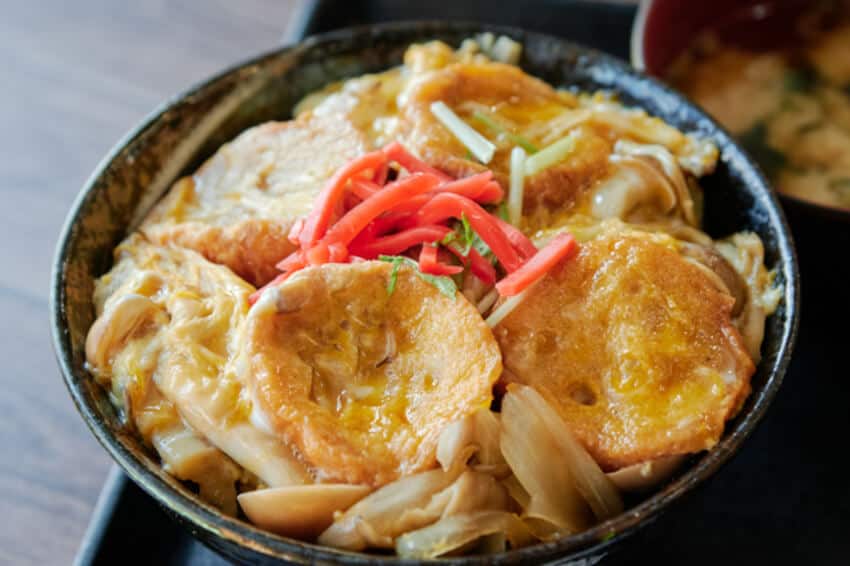
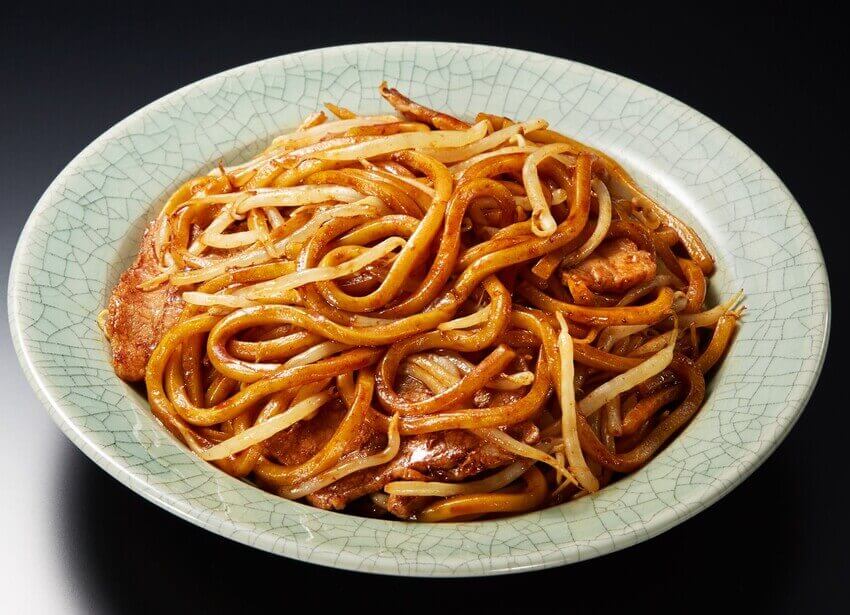




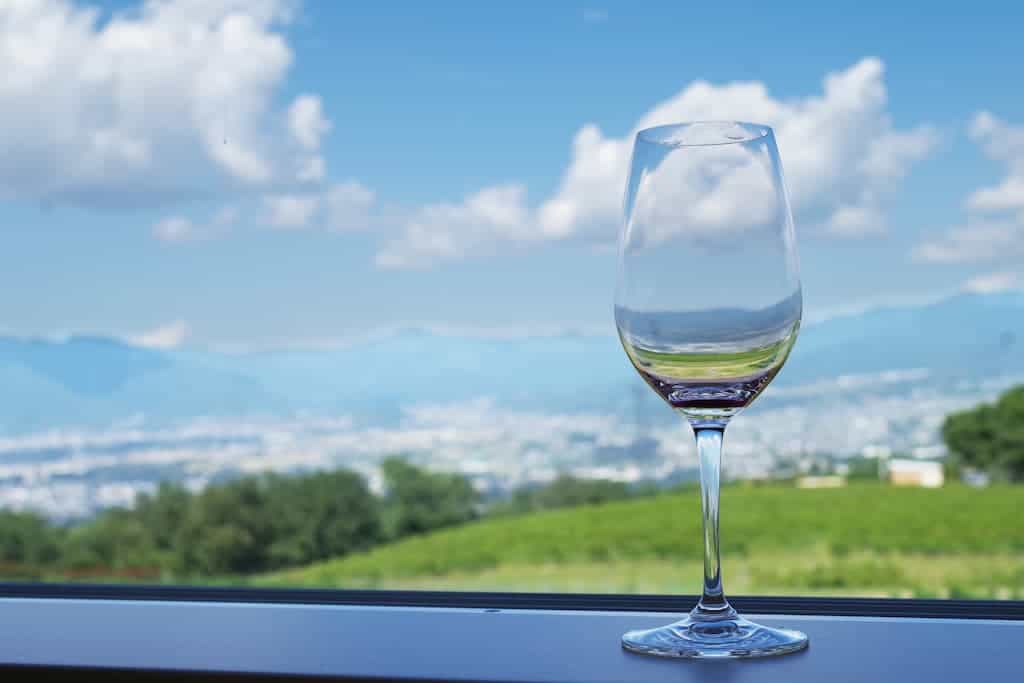

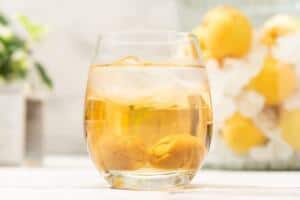

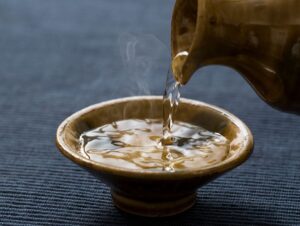
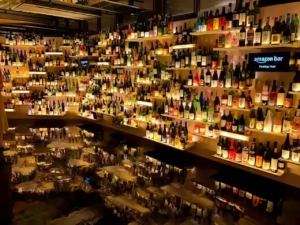
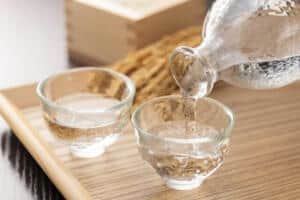
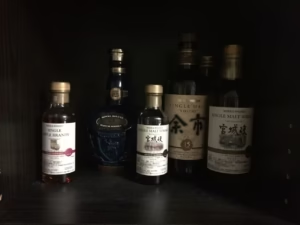

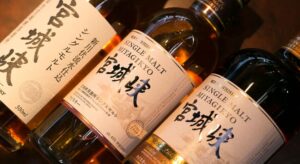
Comments